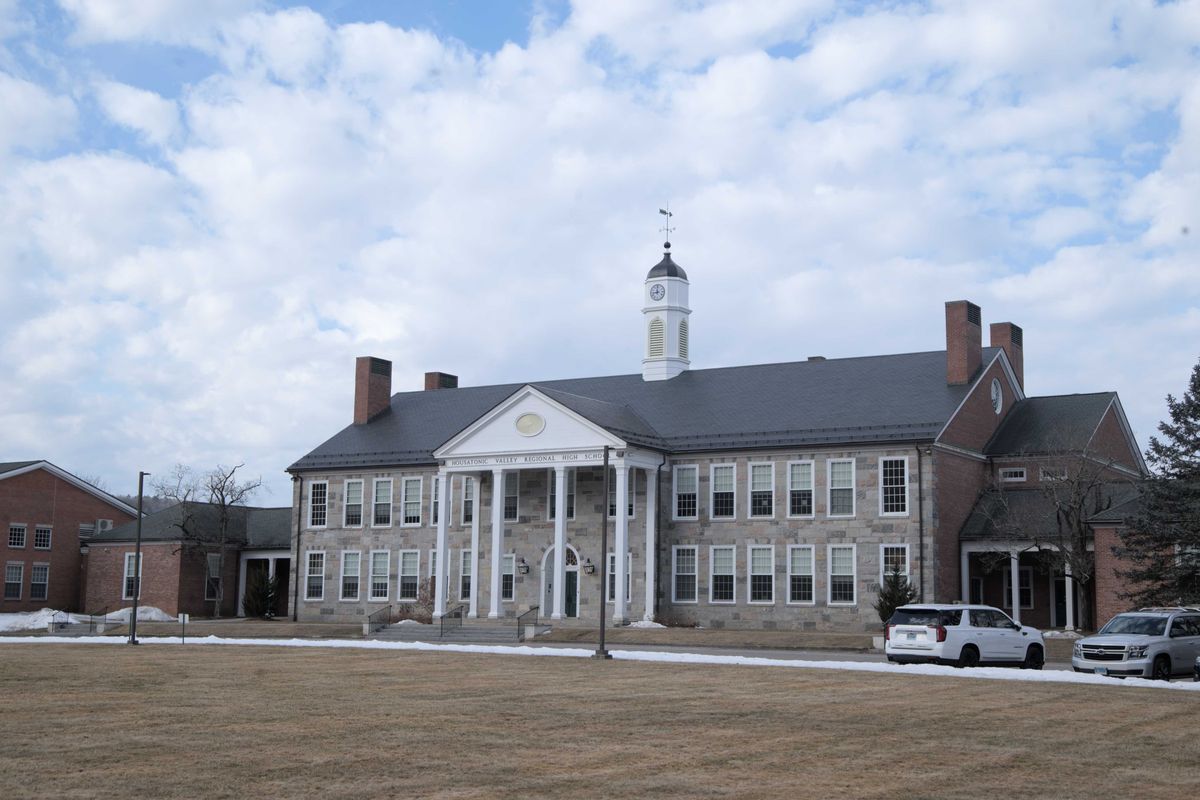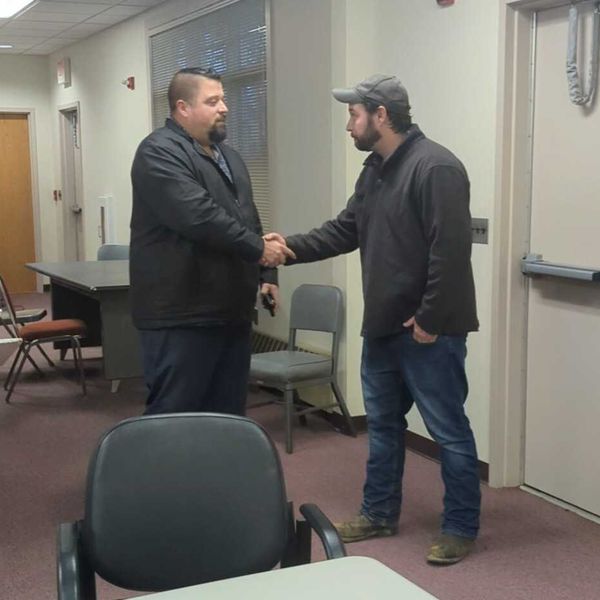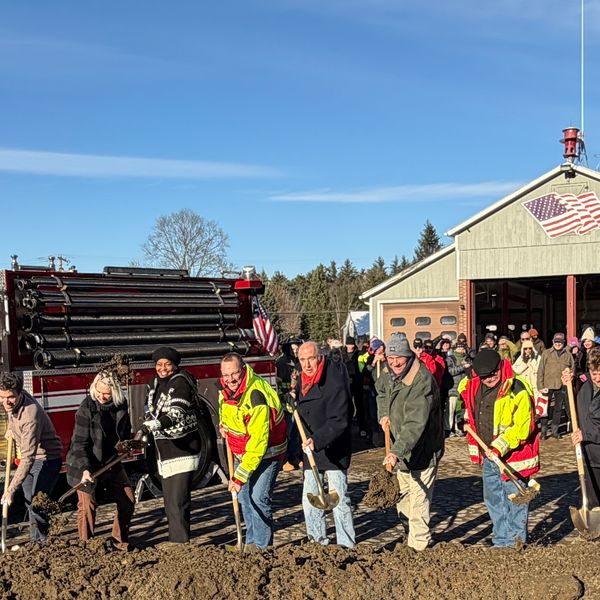Broadband expansion project is nearly completed and winning rave reviews

Dan Lancaster, Comcast’s construction head for the Sharon project, at left, confers with Rich Phipps, owner of R&R Broadband, contractor for the work, on Thursday, Feb. 22.
Leila Hawken

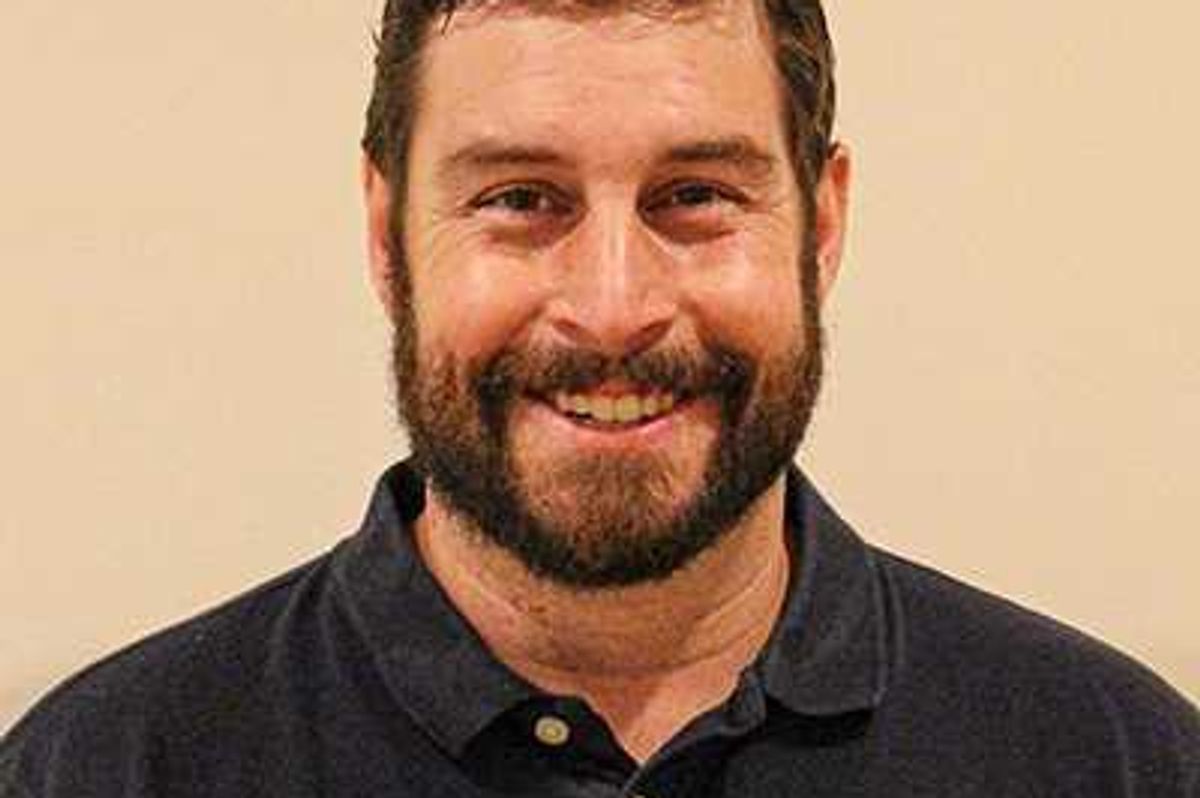

 Nick Crodelle dribbles the ball up the court during the game.
Nick Crodelle dribbles the ball up the court during the game. Anthony Labbadia
Anthony Labbadia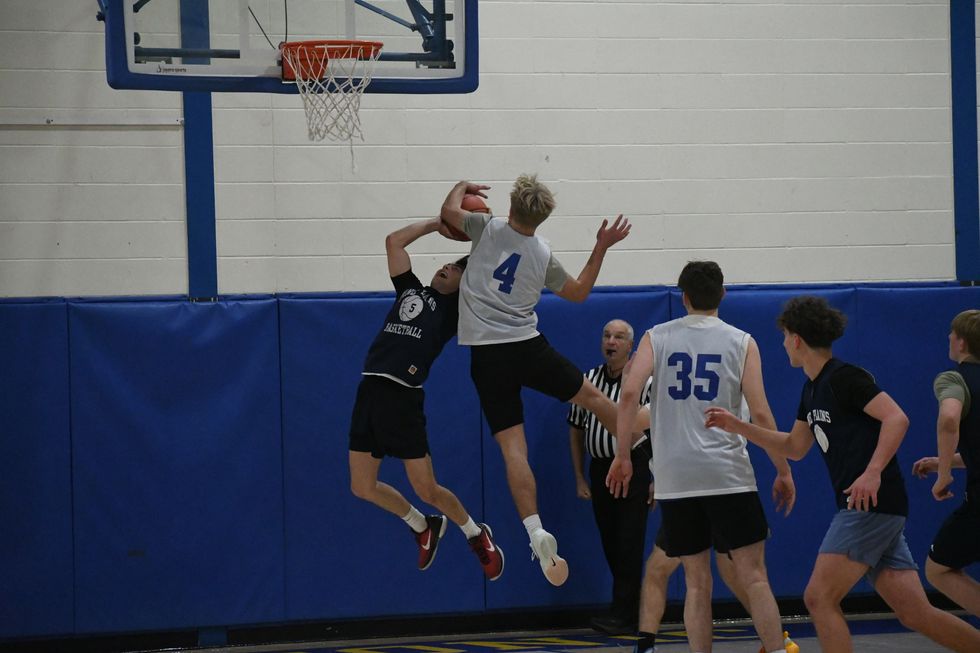 Owen Riemer block By Riley Klein
Owen Riemer block By Riley Klein 
